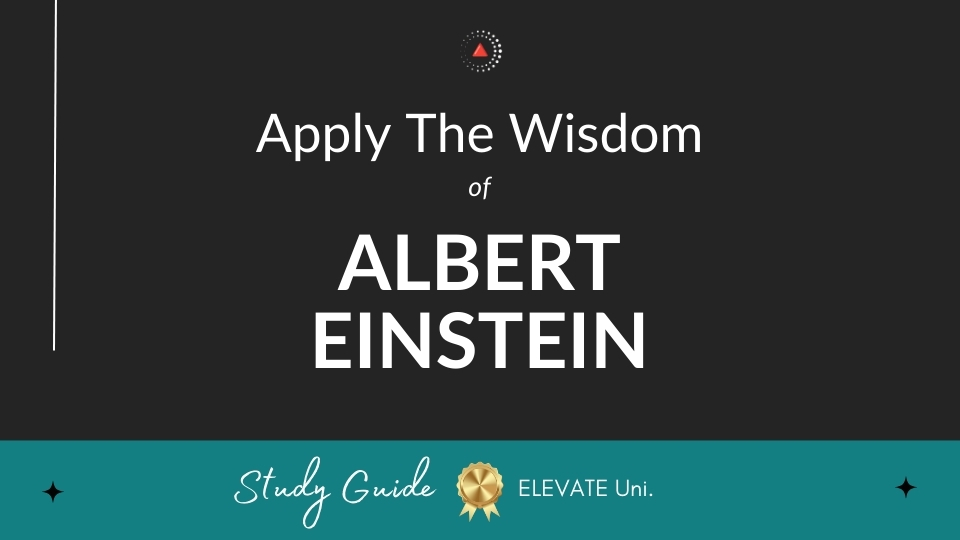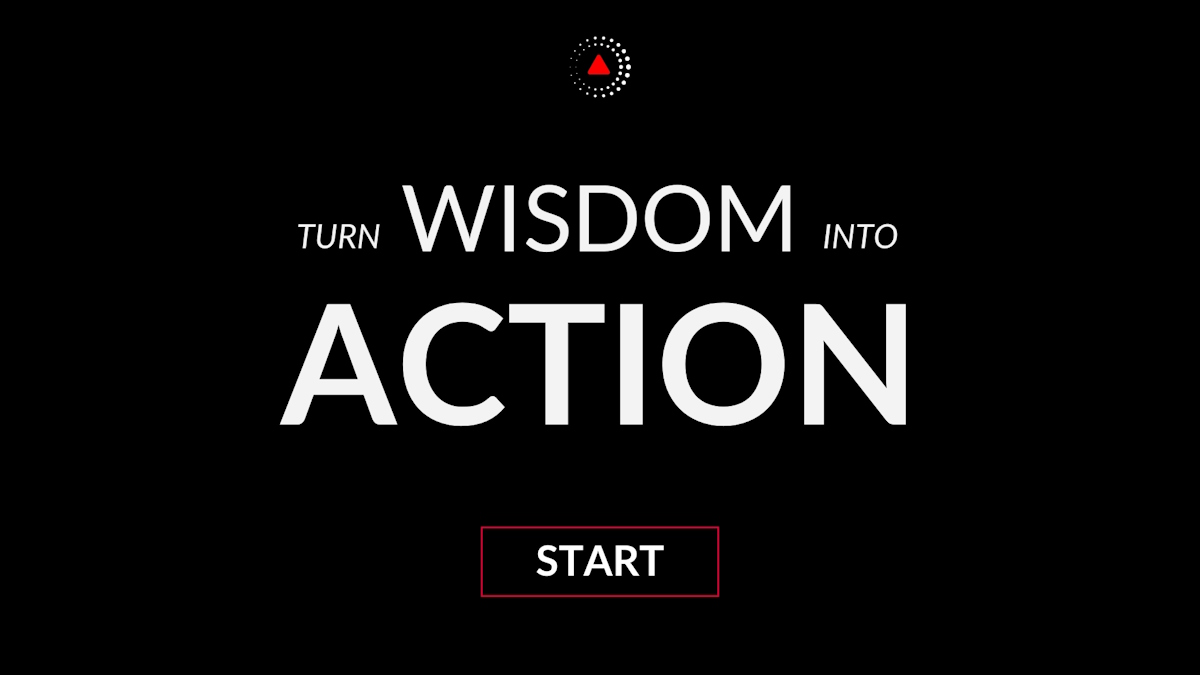The greatest scientists are artists as well.
What's the meaning of this quote?
Quote Meaning: This quote encapsulates a profound idea that transcends the boundaries often perceived between science and art. At first glance, science and art may seem like distinct disciplines, operating in separate realms of human endeavor. Science is often associated with logic, reason, and empirical investigation, while art is linked to creativity, emotion, and expression. However, this quote challenges such a dichotomy by suggesting that the greatest scientists possess an artistic dimension to their work.
In essence, it implies that there is a creative, imaginative aspect to scientific inquiry that parallels the creative process found in art. While scientists may employ rigorous methodologies and analytical thinking to uncover truths about the natural world, they also rely on intuition, curiosity, and the ability to think outside the box. These qualities are reminiscent of those found in artists who seek to innovate, experiment, and push the boundaries of conventional thought.
Moreover, the quote underscores the importance of imagination in scientific discovery. Just as artists envision new possibilities and reinterpret the world through their unique perspectives, scientists often engage in acts of intellectual creativity to formulate hypotheses, devise experiments, and develop theories. This creative impulse drives scientific progress by inspiring researchers to explore uncharted territories, challenge existing paradigms, and make breakthroughs that expand our understanding of the universe.
Furthermore, the intersection of science and art can be observed in the way both disciplines communicate complex ideas and evoke emotional responses. While scientists may communicate their findings through data, graphs, and technical papers, they also recognize the power of storytelling, metaphor, and visual representation to convey the significance of their discoveries to a broader audience. Similarly, artists harness various mediums—such as painting, music, literature, and film—to convey profound truths about the human experience and provoke introspection and reflection.
Ultimately, this quote invites us to reconsider our preconceived notions about the nature of science and art. Rather than viewing them as diametrically opposed pursuits, it encourages us to recognize the inherent interconnectedness between them. By embracing the creative spirit that animates both scientific inquiry and artistic expression, we can gain a deeper appreciation for the boundless possibilities that arise when imagination and intellect converge. In doing so, we may uncover new insights, forge innovative connections, and cultivate a more holistic understanding of the world around us.
Who said the quote?
The quote "The greatest scientists are artists as well." is often attributed to Albert Einstein (Bio / Quotes). Albert Einstein was a German physicist and Nobel Prize winner who is widely regarded as one of the most influential scientists in history.
Applying the quote to your life
Unlock Einstein's wisdom and apply it to your life by getting the in-depth Albert Einstein Workbook & Study Guide, complete with top quotes, insightful commentary, reflective questions, and practical uses for everyday life. 👇
To apply more wisdom, get the All-Access Pass, which includes hundreds of study guides from the world's top minds. These include deep insights from individuals such as Nelson Mandela, Steve Jobs, and Albert Einstein, as well as some of the top authors and personal development books.
What are Albert Einstein's Best Quotes?
Watch on Elevate's YouTube channel and be sure to subscribe for more wisdom and insights from the world's top minds.
Subscribe on YouTube to get the latest quote videos delivered straight to you:
Is there a historical example that illustrates the message of the quote?
One of the most compelling historical examples that illustrates the quote "The greatest scientists are artists as well" is the life and work of Leonardo da Vinci. Leonardo is widely recognized as a quintessential example of a polymath who seamlessly integrated art and science.
Leonardo da Vinci, born in 1452, is primarily celebrated for his masterpieces such as the "Mona Lisa" and "The Last Supper." However, his contributions extend far beyond the realm of art. His notebooks, filled with detailed sketches and observations, reveal a profound curiosity about the natural world. In these notebooks, da Vinci documented his studies on human anatomy, fluid dynamics, and mechanics, among other topics. His sketches of anatomical structures, such as the human heart and muscles, were based on meticulous dissections and observations. These drawings were not only artistic but also scientific, reflecting his deep understanding of the human body.
One particular example of Leonardo's fusion of art and science is his work on the study of flight. His sketches for flying machines and his analysis of bird wings were grounded in a careful observation of nature. Leonardo's scientific explorations were accompanied by detailed illustrations, showing how his artistic skills enhanced his scientific inquiries. His ability to visualize complex mechanisms and natural phenomena through art enabled him to communicate his ideas effectively and explore concepts that were ahead of his time.
Leonardo’s integration of artistic vision with scientific inquiry exemplifies how creativity and precision can coalesce to drive innovation. His achievements illustrate that the greatest scientists often embody qualities of artistry, using imagination and observational skills to advance their understanding of the world.
How can the quote be applied in a real-life scenario?
In a contemporary context, the quote "The greatest scientists are artists as well" can be applied to fields such as engineering and design, where creativity and scientific knowledge intersect. Consider the work of Elon Musk, the founder of SpaceX and Tesla. Musk’s approach to engineering and technology is a modern reflection of the artistic-scientific synergy that Leonardo da Vinci embodied.
Musk’s vision for space travel and electric vehicles requires not only a deep understanding of physics, materials science, and engineering principles but also a creative flair for innovation. For instance, the design of the SpaceX Falcon rockets involves both precise engineering calculations and a bold, visionary approach to space exploration. The aesthetics of the rockets, their functionality, and their technological integration reflect a blend of scientific rigor and artistic innovation.
Similarly, Tesla’s electric vehicles are not only marvels of engineering but also showcase sleek, innovative designs that capture the imagination. The design process for these vehicles involves artistic considerations of form and function, demonstrating how scientific principles can be enhanced by creative thinking.
In everyday life, applying this quote might involve approaching problems with both analytical and creative perspectives. For example, if you're working on a project at work, combining your technical skills with creative problem-solving can lead to more innovative solutions. Whether you're designing a new product, solving a complex issue, or exploring new ways to communicate ideas, integrating artistic creativity with scientific precision can lead to groundbreaking results.
Embracing this fusion of artistry and science in real-life scenarios encourages a holistic approach to problem-solving and innovation, where imagination and technical expertise come together to drive progress and excellence.
Chief Editor
 Tal Gur is an author, founder, and impact-driven entrepreneur at heart. After trading his daily grind for a life of his own daring design, he spent a decade pursuing 100 major life goals around the globe. His journey and most recent book, The Art of Fully Living, has led him to found Elevate Society.
Tal Gur is an author, founder, and impact-driven entrepreneur at heart. After trading his daily grind for a life of his own daring design, he spent a decade pursuing 100 major life goals around the globe. His journey and most recent book, The Art of Fully Living, has led him to found Elevate Society.






















